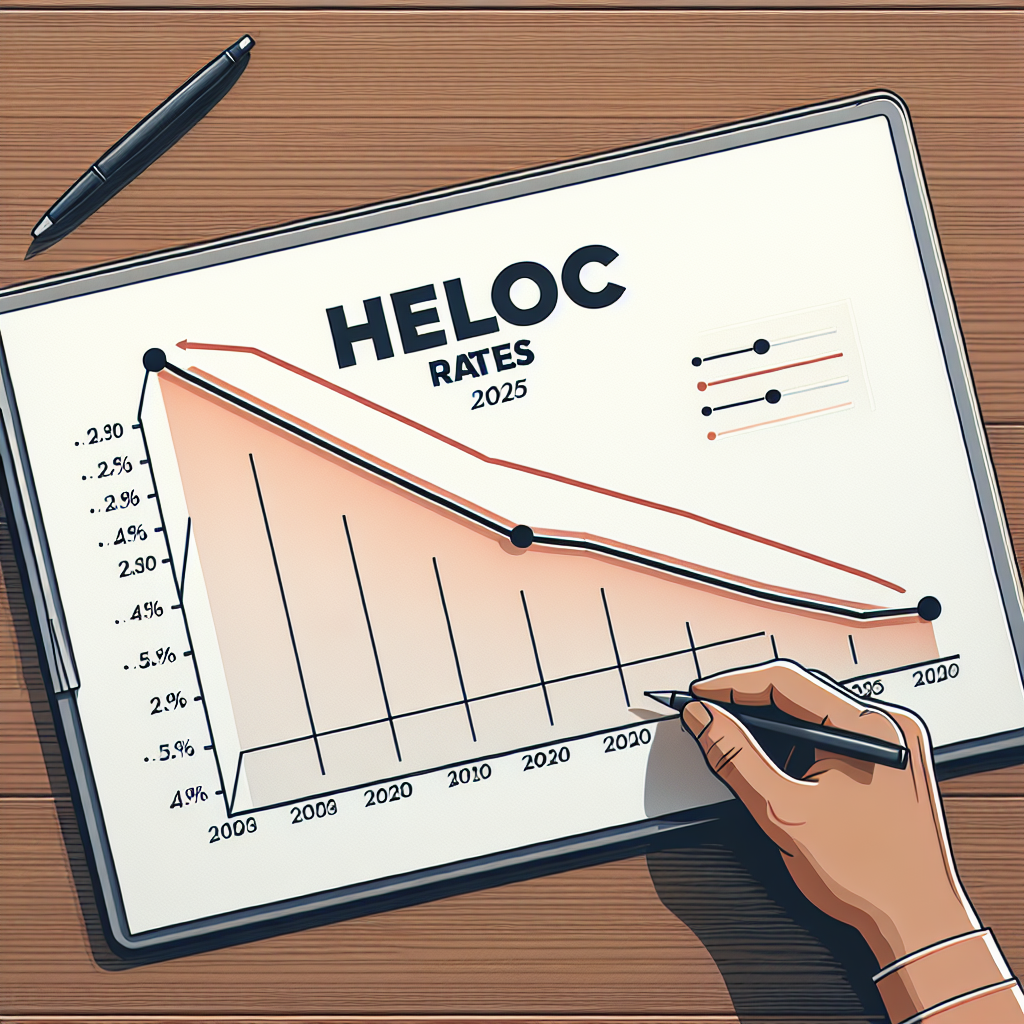Key Insights to Keep in Mind
- Invest time in scoping out and weighing up different banks to pinpoint the one that truly fits your style and requirements. Think fees, rates, digital perks, and how they treat you.
- Before jumping ship, jot down every auto payment and direct deposit to seamlessly reroute them to your shiny new account.
- Keep your old account hanging around for a little while after opening the new one — it’s your safety net for avoiding missed charges or payment slip-ups.
Dreaming of breaking free from your current bank? Whether you’re relocating, fed up with wallet-draining fees, or just craving a fresh start, switching banks or credit unions doesn’t have to turn into a circus act. With some careful prep and a dash of method, you can glide through the changeover without skipping a beat.
This comprehensive walkthrough will escort you through each stage of the bank-switching dance — from scouring for your next financial sidekick to finally shutting the old account’s door behind you.
How to Change Banks Without Losing Your Mind
Stick to these six savvy steps to make your leap to a new bank or credit union as smooth as silk:
1. Hunt Down Your New Financial Ally
Finding a bank that vibes with you is a bit like dating — it takes a pinch of homework and soul-searching. Kick off by pinpointing what you truly crave from your banking buddy.
Do you want rock-bottom fees, slick digital tools, juicy interest rates, or a cocktail of all three? Scribble down your essentials, then dive into comparing contenders. Bankrate and NerdWallet are solid launchpads for sizing up what different banks bring to the table.
Weigh up these crucial aspects:
- Monthly maintenance fees
- ATM accessibility and associated charges
- Overdraft rules and penalties
- Interest yields on checking and savings
- Minimum balance thresholds
- Mobile app usability and bells & whistles
- Branch footprint and customer service quality
Pro tip: Reflect on how you actually bank
“Need a safe deposit box? Then a neobank or online-only might leave you hanging. If you’re chasing lower fees or better rates and live life on your phone, your options expand beyond local branches.”
— Greg McBride, CFA, Bankrate’s Chief Financial Analyst
2. Pick Out Your Next Accounts
Once you’ve zeroed in on a bank checking all your boxes, it’s time to pick your new accounts carefully. Scan the available account types, noting features and requirements that align with your financial roadmap.
Think about how accounts sync together — maybe an interest-bearing checking paired with a high-yield savings to juice up earnings.
3. Map Out Auto Transactions and Deposits
Before you dive in and open that new account, do a bit of financial sleuthing. Your paycheck, dividends, or other income streams might automatically land in your current account. Monthly automatic bills — think phone, utilities, subscriptions, charity donations — might be pulling funds without you lifting a finger.
Make a thorough list of these recurring credits and debits from the past year; it’s key to reroute them correctly once your new account is live. This includes:
- Direct deposits: payroll, government checks, investments
- Auto bill payments: utilities, mortgage/rent, credit cards
- Subscriptions: streaming platforms, memberships
- Transfers to savings or investment accounts
- Linked payment apps like PayPal, Venmo, or Cash App
- Recurring donations and insurance premiums (monthly, quarterly, annual)
Remember some transactions are seasonal or annual, so track those carefully. Also, don’t forget connected accounts like IRAs or Health Savings Accounts.
Accurately noting all these regular flows might feel like a chore, but it’s a lifesaver in avoiding declined payments or surprise fees down the road.
Fact Check:
According to recent data, nearly 60% of Americans use automatic payments for at least three recurring bills, with an average of $1,200 per month processed through auto-pay. Ensuring a smooth transition of these payments can prevent late fees and credit score dips during bank switches.
4. Open Your Shiny New Account
After crossing your t’s and dotting your i’s, opening your chosen bank account is often effortless — no need to step foot inside any branch if you don’t want to.
The process generally includes:
- Providing personal info: Social Security Number, birthdate, current address
- Showing a valid photo ID (driver’s license or passport)
- Supplying contact details (phone, email)
- Making an initial deposit (via check, transfer, or cash if visiting in person)
- Sometimes employment info (varies by bank)
Once your account is live, set up online access, order a debit card and checks if needed, and grab the bank’s mobile app to keep things handy.
5. Redirect Your Funds and Payments
This is where your transaction list turns into a secret weapon. Log into each service’s website and swap your old account info for the new one to reroute bill payments. For direct deposits, reach out to your employer or payout sources with your new banking numbers.
Also, update any financial links tied to your prior account, such as loans or investments — this small step now can save headaches and fees later.
6. Retire Your Old Account Gracefully
Don’t slam the door on your previous bank account right after the switch. Keep it active through one or two additional billing cycles to catch late-arriving transactions.
When you’re 100% sure the transfer is complete:
- Shift any leftover money to your new account, electronically or by check/wire.
- Contact your old bank to formally close the account and grab confirmation in writing.
- Destroy any remaining checks and debit cards tied to that account — shred or slice to prevent fraudsters.
Is It Time to Say Goodbye to Your Bank?
Moving banks can seem daunting, but sometimes it’s just the ticket for your financial health. It’s worth weighing the benefits if:
- You’re bleeding cash on fees at your current bank.
- Your savings aren’t growing because of low interest rates.
- Your bank’s digital tools feel stuck in the past.
- You’ve relocated and need better branch or ATM access.
- Your financial needs shifted — maybe you need joint accounts or more transaction freedom.
Balance your frustrations against the perks and nuisances of changing banks, and you’ll know if it’s a savvy move.
Frequently Asked Questions About Bank Switching
Does switching banks dent your credit score?
Generally, swapping banks doesn’t touch your credit score. If your new bank pulls a hard credit check, you might notice a tiny dip that usually rebounds within a few months.
Should you switch banks when you relocate?
It hinges on how your current bank supports your new digs. If they maintain branches or ATMs nearby, you might stick around. But if you’ll be far from physical locations or face geographic limitations, a local institution could be your best bet.
How long does the whole switcheroo take?
It varies depending on your finances and how many accounts you juggle. Typically, allot a few weeks to a month to avoid scrambling and missing payments. Start early, so you’re never in a pinch!
Parting ways with your bank isn’t always a walk in the park. Yet, with a bit of foresight, transitioning to a new bank or credit union can be a financial power move.
Arm yourself with knowledge, keep the old account open during the handoff, and don’t hesitate to rally support from your new bank’s team should you hit bumps along the way. Putting in a little elbow grease now can pay off in the long haul with fewer fees, fatter interest, and a banking experience that feels less like a chore and more like a partnership.



